Joanie Baker, M.A. Secondary English Education & Gifted Education (The Ohio State University), Certificate in College Admissions Consulting (U.C.Berkeley)
Anyone interested in going to college should start thinking seriously about college by the spring of 8th grade, at the very latest, because 8th grade is when you schedule and plan out your high school college preparatory courses. Making sure that you plan for that college preparatory diploma and schedule the right classes in the right order is important. North Carolina’s Future Ready Course of Study (the college preparatory diploma) requires a minimum of 22 credits, which include four English credits, four math credits, four social studies credits, three science credits, one health and physical education combined credit, two elective credits in art courses, career/tech education (CTE), and/or world languages, and four additional electives in CTE courses, arts, ROTC, or in other core areas of interest.
Remember that 22 credits is the minimum. Like you see in sports when they pick teams for the playoffs, your strength of schedule is really important when it comes to college applications and being a competitive candidate. Colleges look to see that you took rigorous coursework that prepares for your college, at least in your areas of strength. Also, if you are serious about college, you should be a fulltime student and take a full load each year, which could be up to 32 credits, if you are looking to attend a competitive school. If you plan to attend a community college or less selective school, shooting for a few more than 22 credits and getting out early for a parttime job or sports can work, as long as you are getting good grades and challenging yourself somewhat.
If you want to be a competitive college candidate, you want to definitely take advantage of AP, IB, and dual enrollment options offered at your school. Selective colleges value rigorous coursework over everything else, even your GPA and test scores. A ‘B’ in an AP course looks better than an A in a regular course. They want to see that you challenged yourself, especially in areas where you are talented and show interest. Artists should take available AP Art courses, good math students should take AP Precalculus and AP Stats. Love computers? Take AP Computer Science. You don’t have to load up on a dozen APs but you should take a few each year they are available in the academic areas you like. Don’t torture yourself in an AP Chemistry course unless you plan to apply to very selective colleges or plan to major in pre-med or become a chemist or pharmacist. The number one course for super selective college admissions (those admitting 15% or less) is AP Calculus. 97% of students in Harvard’s freshman class have taken AP Calculus (Who Gets in and Why-Jeff Selingo) and if you plan to major in engineering, most colleges want to see AP Calculus AND AP Physics on your final transcript. To fit in these very high-level AP and IB courses (which are essentially college courses taught in high school), you have to have prerequisites in place. AP Calculus is at least a 5th credit math class, so if you don’t have four credits prior, you cannot take it by your senior year. For world languages, at least 3 years of language looks good on your transcript and shows dedication to actually learning a language, as you cannot really learn a language in two years.
Plan backwards from your college major of choice and where you want to be your senior year (attending a selective college or wanting a less competitive college experience) to make sure that you have a roadmap in place for how you need to get there. Be sure to ask for help if you need it. Your middle school and high school counselors are a great resource and most parents know a lot, too, believe or not.
“Countdown to College” will be a new edition to our magazine this year. Please send any college questions you want answered to JBaker@bestversionmedia.com.








